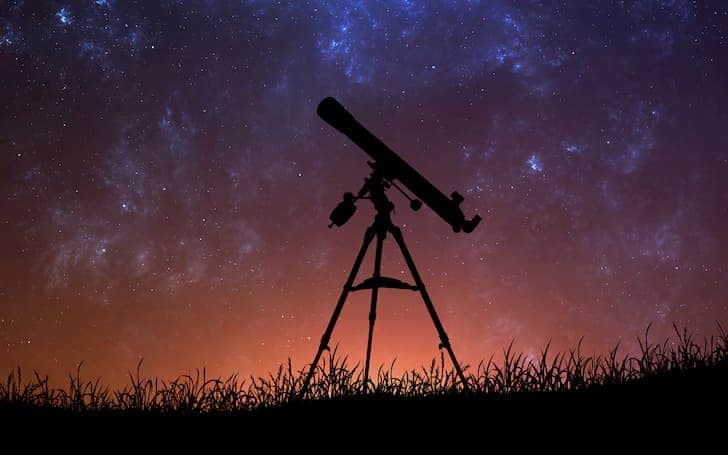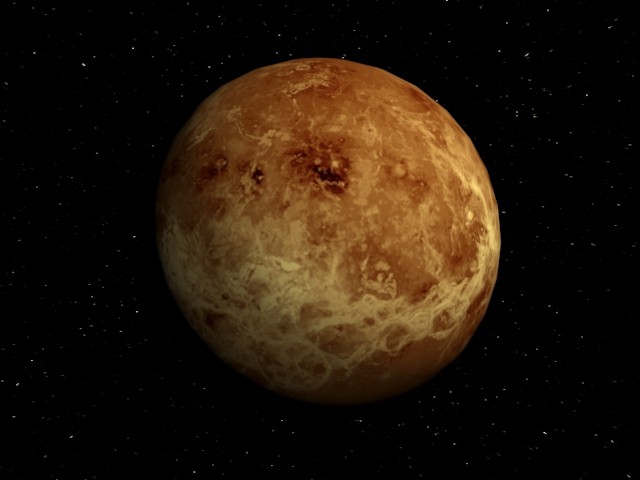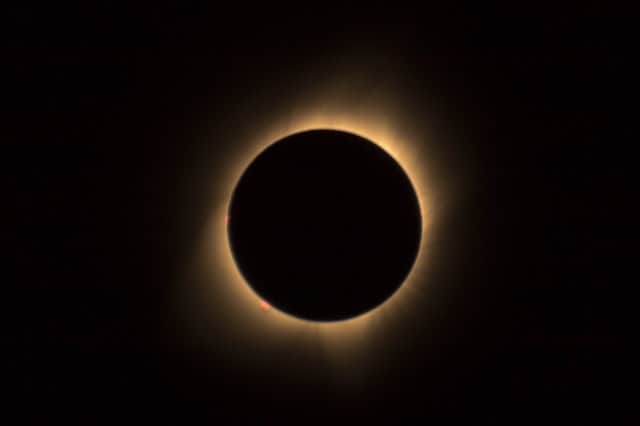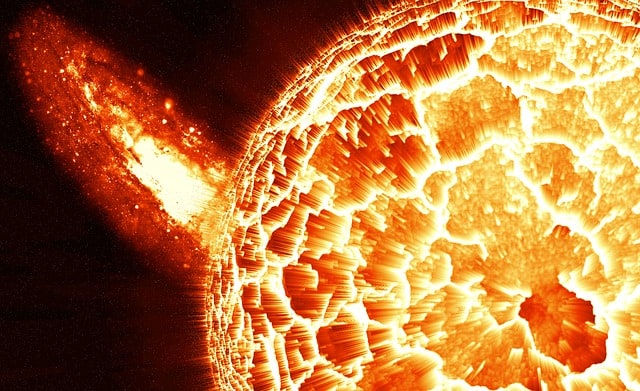Various Branches of Astronomy and Pioneers of Astronomy

Throughout history humans have gazed at the sky for timekeeping, to navigate the vast oceans, and to decide when to plant crops. The desire to know more drove humans to study space and celestial objects in detail. Thus the natural science Astronomy born. Let’s take a look at the different branches of astronomy, and the amazing scientists that have helped us to understand our universe a little bit better.
Definition of Astronomy
Astronomy is the scientific study of all celestial objects. Astronomers observe and study galaxies, planets, stars, comets, meteors, and various phenomena involving the objects in space. It is also the oldest of the natural sciences. The word comes to us from the ancient Greek words, “Astro,” which means “star,” and “nomos,” which means “law”. Combining, astronomy means “star law”.
Astronomy should not be confused with “astrology.” The latter is the study dealing with the movements and relative positions of celestial bodies and their influence on human affairs. Astrology is not a science and is no longer recognized as something that has to do anything with astronomy.
Branches of Astronomy
There are a vast number of celestial objects that astronomers study, that it is convenient to break astronomy up into different branches. Enlisted below are some of the popular branches of astronomy.
1. Planetary Astronomy
Planetary astronomy is the study of planets and planetary bodies, including moons, comets, and asteroids. Astronomers in this field study planetary & exoplanetary atmospheres, surfaces, and exteriors of planets and the distribution of planets around other stars. They also investigate the cosmological prerequisites required to form new planetary bodies and the possibility of life in them.
Galileo Galilei is one famous planetary astronomer and he is called the Father of Observational Astronomy.
2. Solar Astronomy
This branch of astronomy focuses specifically on the yellow star Sol, often called the Sun. Solar astronomers study the systems and characteristics of the Sun, such as its atmosphere, magnetohydrodynamics, solar winds, radiation, and more. They may also research how the sun affects us here on Earth.
Nicolaus Copernicus is regarded as the first solar astronomer. He suggested the heliocentric theory which states that the Earth revolves around the Sun.
3. Stellar Astronomy
Stellar astronomy is the study of the Sun and the stars. Stellar astronomers investigate how the stars are born, what constituents they have, how they evolve over their long lifespans, and what happens when they die.
Annie Jump Cannon is considered one of the earliest stellar astronomers. She is credited to the development of the Stellar Classification system, where the stars are classified according to the temperature they produce, their size and color.
4. Galactic Astronomy
Planet Earth is inside Milky Way, a galaxy spinning around a massive black hole. Astronomers who study galactic astronomy, or galactic cosmology, focus on the chemical and stellar evolution, star formation, and motion of the Milky Way.
This field won’t just help us understand our own galaxy. Once we better understand Milky Way, we’ll have a better idea of the origin and evolution of other local groups of galaxies.
Henrietta Swan Leavitt is considered the pioneer in galactic astronomy. She discovered the Cepheid variable, a group of giant variable stars with luminosities 500-30,000 times greater than that of the Sun.
5. Observational Astronomy
This branch of astronomy deals with observing celestial objects with astronomical apparatuses. Observational astronomers use complex computer models to analyze the observation results to better understand the physical processes responsible for the appearance of supernovas, exoplanets, and variable stars.
The sub-disciplines of observational astronomy are as follows.
- Radio astronomy – the study of celestial objects at radio frequencies – above 300 µm.
- Submillimetre astronomy – the study of celestial objects at submillimetre wavelengths – 200 µm to 1 mm. The observations and their results are used to determine the formation and evolution of galaxies.
- Infrared astronomy – studies the infrared radiation emitted from celestial objects. The data of such a study gives insights into how and when the universe was formed and how the early universe evolved.
- Optical astronomy – studies the objects in the universe that are the range of optical telescopes.
- Ultraviolet astronomy – Observations at the ultraviolet range are used to analyze the chemical composition, temperatures, and interior and exterior of young stars. The observations give information about the evolution of galaxies as well.
- X-ray astronomy – the study of X-ray observation and detection from planets and planetary objects.
- Gamma-ray astronomy – It involves the astronomical observation of gamma rays using gamma-ray telescopes. The results from this field are important in the field of extra-galactic astronomy.
- Cosmic ray astronomy – Cosmic rays including plasma are high-energy radiation originating outside the Solar System. The studies are of great importance, due to the ability of cosmic rays to inflict on microelectronics and life.
- Neutrino astronomy – Studies celestial objects with neutrino detectors. Neutrinos arise mainly from radioactive decay, especially in the Sun. This field is still in its infancy – the only confirmed cosmic neutrino sources so far are the Sun and supernova SN1987A.
- Gravitational-wave astronomy – Gravitational waves in the universe are used to study and analyze neutron stars, black holes, and supernovae.
6. Astrophysics
Astrophysics is a branch of astronomy that deals with the physical processes in the universe. It uses data gathered by astronomers, combine them with the laws and theories of physics to interpret the universe. The major sub-disciplines of theoretical astrophysics are:
- Physical cosmology: Studies the origin and evolution of the universe as a whole.
- High energy astrophysics: Studies high energy phenomena such as active galactic nuclei, supernovae, gamma-ray bursts, and quasars.
- Interstellar astrophysics: Study of the interstellar medium, intergalactic medium, and dust.
- Extragalactic astronomy: Study of galaxies outside Milky Way, including their formation and evolution.
- Plasma astrophysics: Deals with the study of plasma in outer space.
- Relativistic astrophysics: Study of the effects of special relativity and general relativity in contexts including gravitational waves, gravitational lensing, and black holes.
- Solar physics: Study of the Sun and its interaction with the remainder of the Solar System and interstellar space.
7. Astrobiology
Also called exobiology or xenobiology, as it deals with the study of extraterrestrial life. This interdisciplinary science encompasses biology, geology, and astronomy.
Astrobiologists investigate if other planets and their moons can support life. Some astrobiologists are involved in investigating radio signals from different galaxies, while others look for environments where unicellular organisms or water may exist.
8. Astrogeology
Also known as Planetary geology or exogeology, astrogeology is the study of the geology of the celestial bodies such as the planets and their moons, asteroids, comets, and meteorites. Astrogeologists use the techniques of geophysics, geochemistry, and other fields of geology to analyze rock samples from the moon, asteroids, and other planets.
9. Astrometry
Astrometry is the branch of astronomy that studies the positions and motions of celestial objects. The data obtained by astrometric measurements provides information on the kinematics and physical origin of the Solar System and Milky Way.
NASA’s planned Space Interferometry Mission (SIM PlanetQuest), which is now canceled, was to utilize astrometric techniques to detect planets as small as our Earth and to investigate the possibility of life in them.
Meet a Few Pioneers of Astronomy
Knowledge of our universe has gradually expanded over the last few thousand years thanks to these pioneers and their contributions.
Nicolaus Copernicus (1473 – 1543) – A Polish mathematician and astronomer. His fascination with numbers and celestial objects resulted in the formulation of the ‘heliocentric theory of the universe’.
Tycho Brahe (1546 – 1601) – A Danish astronomer and contemporary of Copernicus. He cataloged several hundreds of stars and measured Mars’ orbit, paving the way for Kepler’s laws of planetary motion and Newton’s law of gravity.
Galileo Galilei (1564 – 1642) – Known as the “Father of Observational Astronomy”, he was the first to use a telescope to observe the sky. He is also credited with the discovery of phases of Venus and the four largest satellites of Jupiter: Io, Europa, Callisto, and Ganymede.
Johannes Kepler (1571-1630) – He was the first to discover the elliptical, rather than circular, orbits of planets. He also made several breakthrough discoveries such as the influence of the moon on tides, logarithms, and inverse square law of light intensity. His laws of planetary motion led Newton to propose the law of gravitation.
Isaac Newton (1642 – 1727) – He not only deduced the laws of motion and gravity in his book Principia but invented calculus to aid physical sciences. Newton also built the first reflecting telescope.
Albert Einstein (1879 – 1955) – famous for his ‘theory of relativity’, one of the pillars of modern physics. Einstein’s relation of energy to mass (E=MC2) also contributed to astronomical studies
Edwin Hubble (1889 – 1953) – the curator of ‘Hubble’s law’ which acted as the cornerstone of the Big-bang model. The American astronomer also discovered Triangulum and the Andromeda Nebula galaxies. In discovering further galaxies, he deciphered the vast and complex nature of our universe.
Stephen Hawking (1942 – 2018) – an English theoretical physicist and cosmologist, who gave a mathematical proof to the existence of black holes.
References:
https://www.nasa.gov/audience/foreducators/informal/features/F_Solar_Astronomy_Then_Now.html
https://www.britannica.com/science/astrophysics
https://www.space.com/16095-famous-astronomers.html
https://www.nasa.gov/vision/universe/starsgalaxies/Collision_Feature.html
https://www.space.com/19215-most-famous-astronomers-history.html






